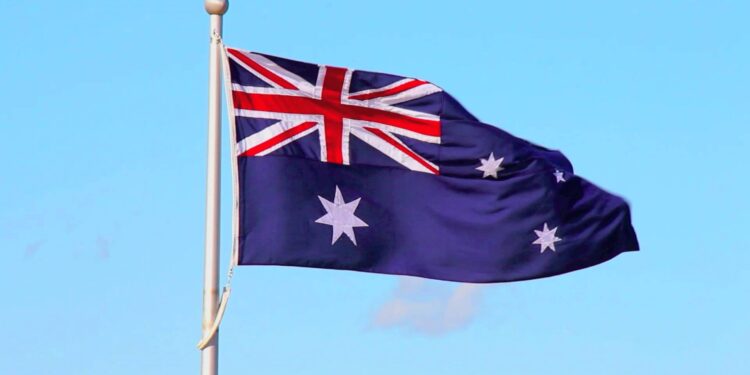The Australian government is set to debut the world’s first token mapping for crypto to improve the regulatory framework for its crypto ecosystem.
The Australian Labor Party (ALP) has finally broken its silence about its plans for crypto legalization three months after winning the election. Australia is working on reviewing the cryptocurrency assets in the country to help better understand and regulate the crypto industry. Australia also witnesses a hike in crypto activities and advertisements.
Australia Plans For Token Mapping
On Monday, Treasurer Jim Chalmers introduced a ‘Token Mapping’ activity. Jim Chalmers revealed this “token mapping” effort was one of the 12 recommendations in a senate inquiry report from last year on “Australia as a Technology and Financial Center.” According to the Australian administration, the Token mapping facility will allow the government to understand the characteristics of cryptocurrencies used within the jurisdiction and establish a better regulatory approach for them.
Australia has become the first nation that has attempted to map the crypto infrastructure. In addition, to successfully implement token mapping, Chalmers revealed that the new Labor government would first investigate the gaps in Australia’s regulatory and licensing frameworks, as well as deeply review organizational structures and examine custody restrictions for third-party custodians of crypto assets. It would also review the additional consumer safeguards.
Using Token mapping, the Australian government will look to identify the features of all available digital asset tokens in the country, from Dogecoin to Bitcoin. The feature also includes the kind of crypto asset, the technology backing, and other distinguishing technical elements.
The mapping will help identify which cryptocurrency assets are already covered by Australian financial services law and which non-financial products require their own unique regulation.
Chalmers said, “As it stands, the crypto sector is largely unregulated, and we need to do some work to get the balance right so we can embrace new and innovative technologies while safeguarding consumers. With the increasingly widespread proliferation of crypto assets — to the extent that crypto advertisements can be seen plastered all over big sporting events — we need to make sure customers engaging with crypto are adequately informed and protected.”
The Albanese-led administration stated that more than one million taxpayers in the country had entered the crypto ecosystem since 2018. Still, regulation in the crypto industry is struggling to keep pace and adapt to the crypto asset sector.
Crypto Adoption Expands In Australia
The Australian crypto industry asked the ALP administration if it would accept token mapping, and ALP warmly welcomed it. The initiative of token mapping is planned to be finished before the year is through and aims to consider how crypto assets and related services should be regulated and guide future regulatory choices.
In October 2021, an Australian parliamentary committee reported about the crypto industry in the country and mentioned that one of the significant issues in regulating digital currencies was a lack of standard definitions and classifications by international and national regulators.
Australia is a primary crypto-friendly jurisdiction witnessing a massive increase in ownership and digital assets adoption. According to a Banklesstimes report, crypto adoption in Australia surged more than 56% between 2022 and 2021. Through this regulatory step from Australia, the country is anticipated to give more attention to the crypto industry, which will eventually expand its sector in the space. Earlier this month, Mastercard triggered Australia’s crypto expansion by launching Crypto-linked payment cards in the country.























